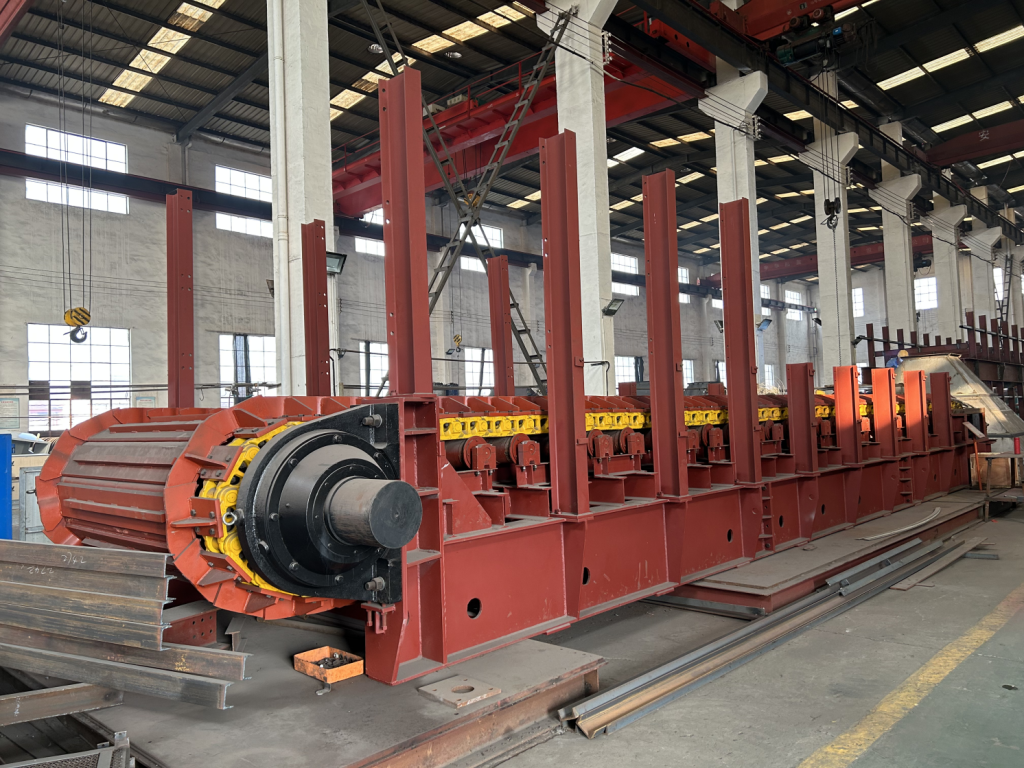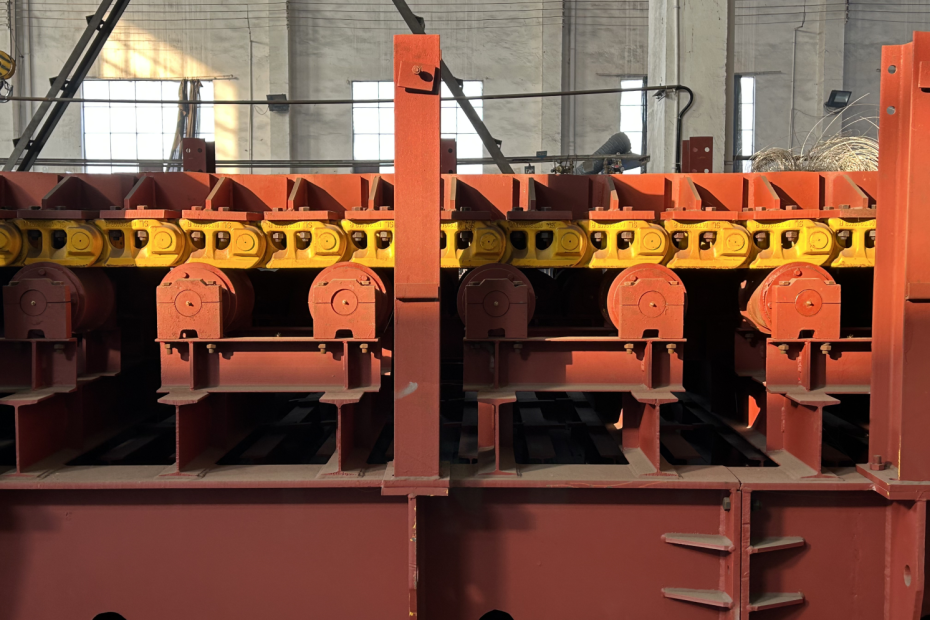Apron feeders are widely used in industries that require controlled and precise material handling. One important aspect of operating an apron feeder is the ability to adjust its speed. This article provides insights into the methods and considerations for adjusting the speed of an apron feeder. Understanding how to effectively control the speed of an apron feeder enables operators to optimize material flow, enhance efficiency, and adapt to varying process requirements.
Importance of Speed Adjustment in Apron Feeders
The speed of an apron feeder directly affects the material flow rate, which in turn impacts the efficiency and productivity of downstream processes. Here are some key reasons why speed adjustment is crucial:
- Material Handling Optimization: Adjusting the speed of an apron feeder allows for precise control over the material flow rate. By matching the speed to the downstream process requirements, operators can optimize material handling, prevent overloading or underfeeding, and maintain a consistent and reliable supply of material.
- Process Flexibility: Different processes may require varying material flow rates. The ability to adjust the speed of an apron feeder provides flexibility to adapt to changing process conditions, production demands, or material characteristics. It allows operators to fine-tune the feed rate and optimize the overall process efficiency.
- Equipment Protection: Operating an apron feeder at the appropriate speed helps protect downstream equipment from excessive wear, damage, or overloading. By ensuring a controlled material flow, operators can prevent equipment failures and extend the operational lifespan of crushers, mills, and other machinery.
Methods for Adjusting Apron Feeder Speed
There are several methods available to adjust the speed of an apron feeder. The choice of method depends on the design and control system of the specific apron feeder. Here are some common methods:
- Variable Frequency Drive (VFD): A Variable Frequency Drive, also known as a VFD or inverter, is a commonly used method to adjust the speed of an apron feeder. It controls the motor speed by varying the frequency of the electrical power supplied to the motor. A VFD offers precise speed control, allowing operators to adjust the feeder’s speed within a wide range.
- Gearbox or Pulley System: Some apron feeders may incorporate a gearbox or pulley system to adjust the speed. By changing the gear ratio or adjusting the pulley size, operators can modify the rotational speed of the feeder. This method provides discrete speed adjustments and is suitable for applications that require specific speed settings.
- Hydraulic Drive System: In certain apron feeders, a hydraulic drive system is employed to control the speed. Hydraulic motors can be adjusted to regulate the rotational speed of the feeder. This method offers smooth and stepless speed adjustment, providing flexibility and precise control over the material flow rate.

Methods for Adjusting Apron Feeder Speed
| Method | Description |
|---|---|
| Variable Frequency Drive | Precise speed control |
| (VFD) | |
| Gearbox or Pulley System | Discrete speed |
| adjustments | |
| Hydraulic Drive System | Smooth and stepless |
| speed adjustment |
Considerations for Speed Adjustment
When adjusting the speed of an apron feeder, there are certain considerations to keep in mind:
- Material Characteristics: Different materials may require specific feed rates to achieve optimal processing. Factors such as material density, particle size, and flowability can influence the required speed adjustment. It’s important to understand the material properties and their impact on the feeding process to determine the appropriate speed setting.
- Process Requirements: Consider the specific process requirements and downstream equipment when adjusting the speed of an apron feeder. Factors such as crushing or grinding capacities, blending ratios, or material retention time may dictate the desired feed rate. Ensure that the feeder speed aligns with the overall process objectives and operational parameters.
- Safety Considerations: Always prioritize safety when adjusting the speed of an apron feeder. Follow proper lockout/tagout procedures and adhere to safety guidelines to prevent accidents or injuries. Additionally, monitor the feeder’s operation during speed adjustments and ensure that it remains within the safe operating limits.
Conclusion
Adjusting the speed of an apron feeder is a crucial aspect of optimizing material handling processes. By utilizing methods such as Variable Frequency Drives, gearbox or pulley systems, or hydraulic drive systems, operators can achieve precise and controlled speed adjustments. Considering factors such as material characteristics, process requirements, and safety considerations ensures efficient and safe operation. Mastering the art of speed adjustment enables operators to achieve optimal material flow, enhance productivity, and adapt to dynamic production needs with an apron feeder.
